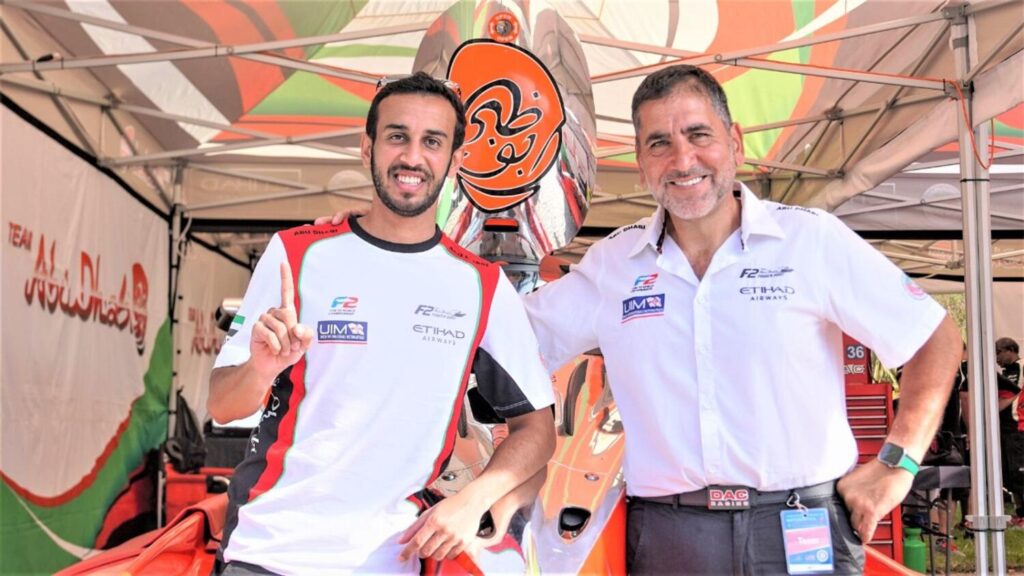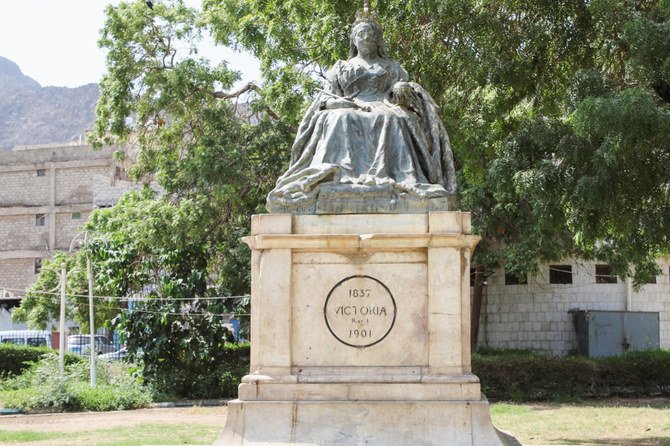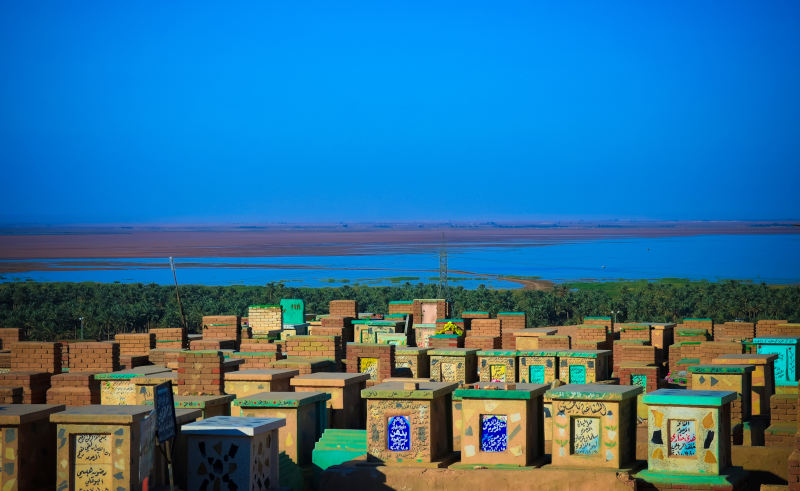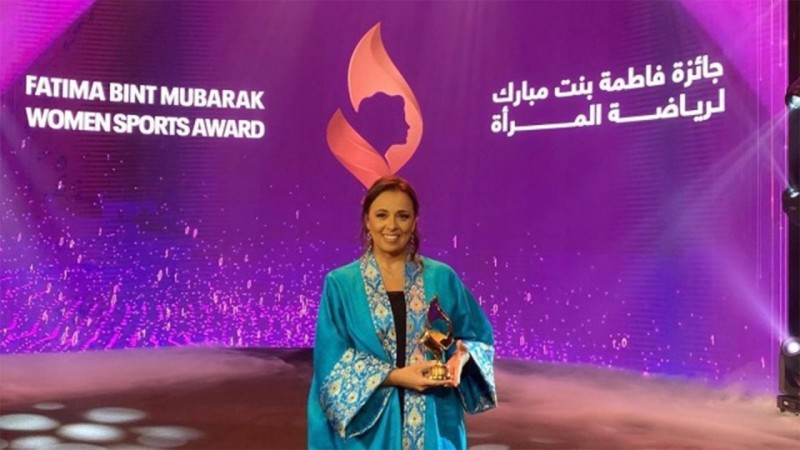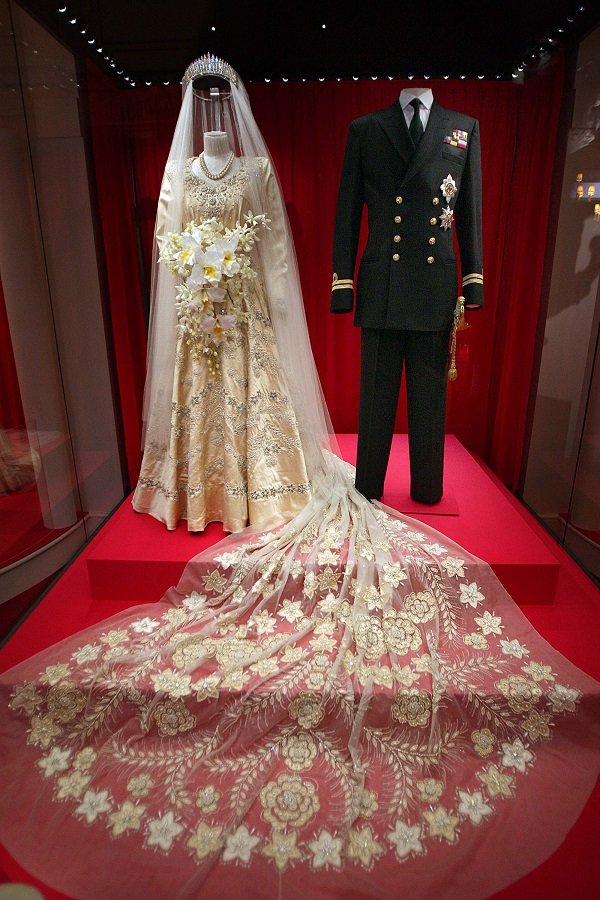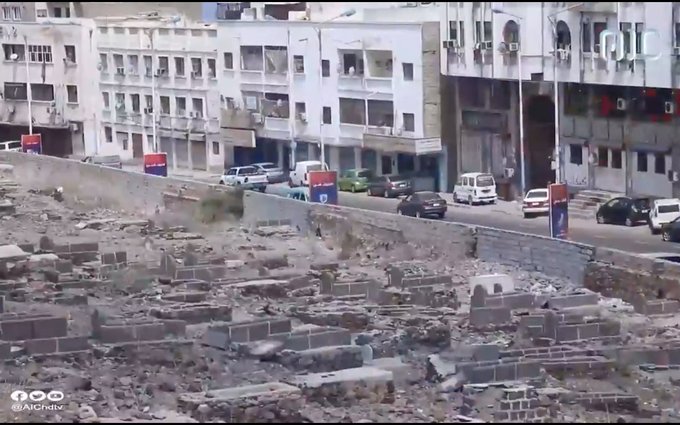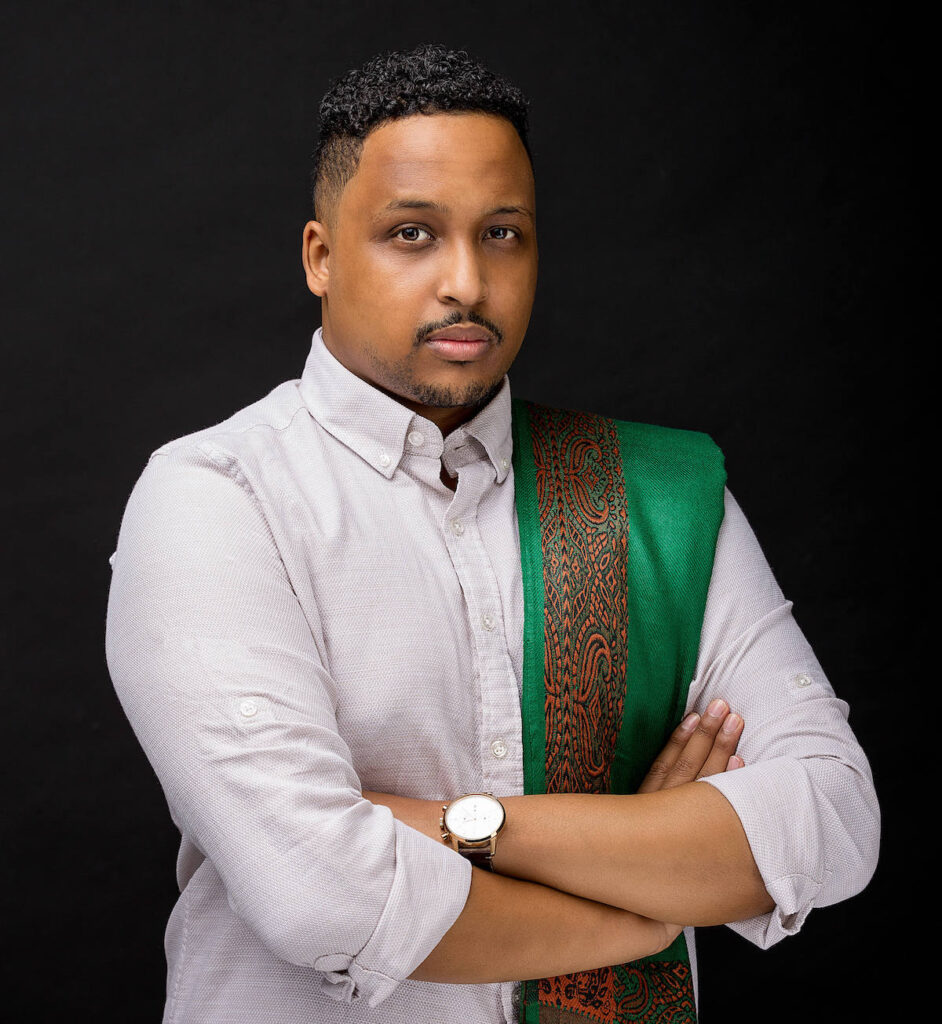Dr. Abdullah Al-Rabeeah, supervisor general of the King Salman Humanitarian Aid and Relief Center, recently represented the Kingdom at the launch ceremony of the Global Islamic Fund for Refugees.
The fund is supported by UNHCR and the Islamic Development Bank’s Islamic Solidarity Fund for Development, with an initial amount of $100 million, on the sidelines of the 77th session of the UN General Assembly in New York.
In his speech, Al-Rabeeah expressed his happiness about the fruitful partnership between UNHCR and IDB to help millions of people around the world who are forcibly displaced, by offering constant support for refugees and displaced persons and their host communities.
He noted the importance of strengthening collective action and partnership to better respond and develop innovative, sustainable and comprehensive solutions, in line with the 17th sustainable development goal.
Al-Rabeeah said that the Kingdom was optimistic about UNHCR and IDB’s partnership, which embodies the values of humanity, justice and equality in developing innovative solutions for the refugee crisis.
Al-Rabeeah said: “Amid an increasing number of crises around the world, the Organization of Islamic Cooperation region accommodates the largest number of refugees in the world; we are all aware and fulfill our responsibility by providing all the refugees and displaced people’s needs to lead a safe, healthy and decent life.”
He said that the Global Islamic Fund for Refugees “would help us achieve this humanitarian objective, and given the significant economic challenges the world is facing and due to the limited donor base, this is the best time to present innovative ways to increase the funding modalities.”
Al-Rabeeah said that Islam encourages charitable work, that zakat is the duty of all Muslims who are capable of donating, and that this was the best time to establish the Global Islamic Fund for Refugees. He indicated that the success of this fund relies on the participation of authorized partners and project-based funding, with a transparent monitoring process.
Addressing the needs of refugees and displaced people in the OIC region is an example of zakat and charitable funding, he said, wishing the Global Islamic Fund for Refugees success.
The Global Islamic Fund for Refugees is to be a financing tool for refugees, in compliance with the provisions and principles of Islamic Shariah.
This fund consists of an endowment and nonendowment account to receive and invest donations, in accordance with Islamic financing’s principles. The revenue is deposited in a trust account to fund the response programs for refugees, displaced people and their host communities in the IDB member states.
The Islamic Solidarity Fund for Development has donated $50 million to the endowment account, while the UNHCR has donated $50 million to the nonendowment account, as an initial capital to launch this initiative with $100 million.
The fund also aims to raise additional capital of $400 million as a minimum target by allowing donations from people wishing to contribute.
source/content: arabnews.com
____________

_____________________
